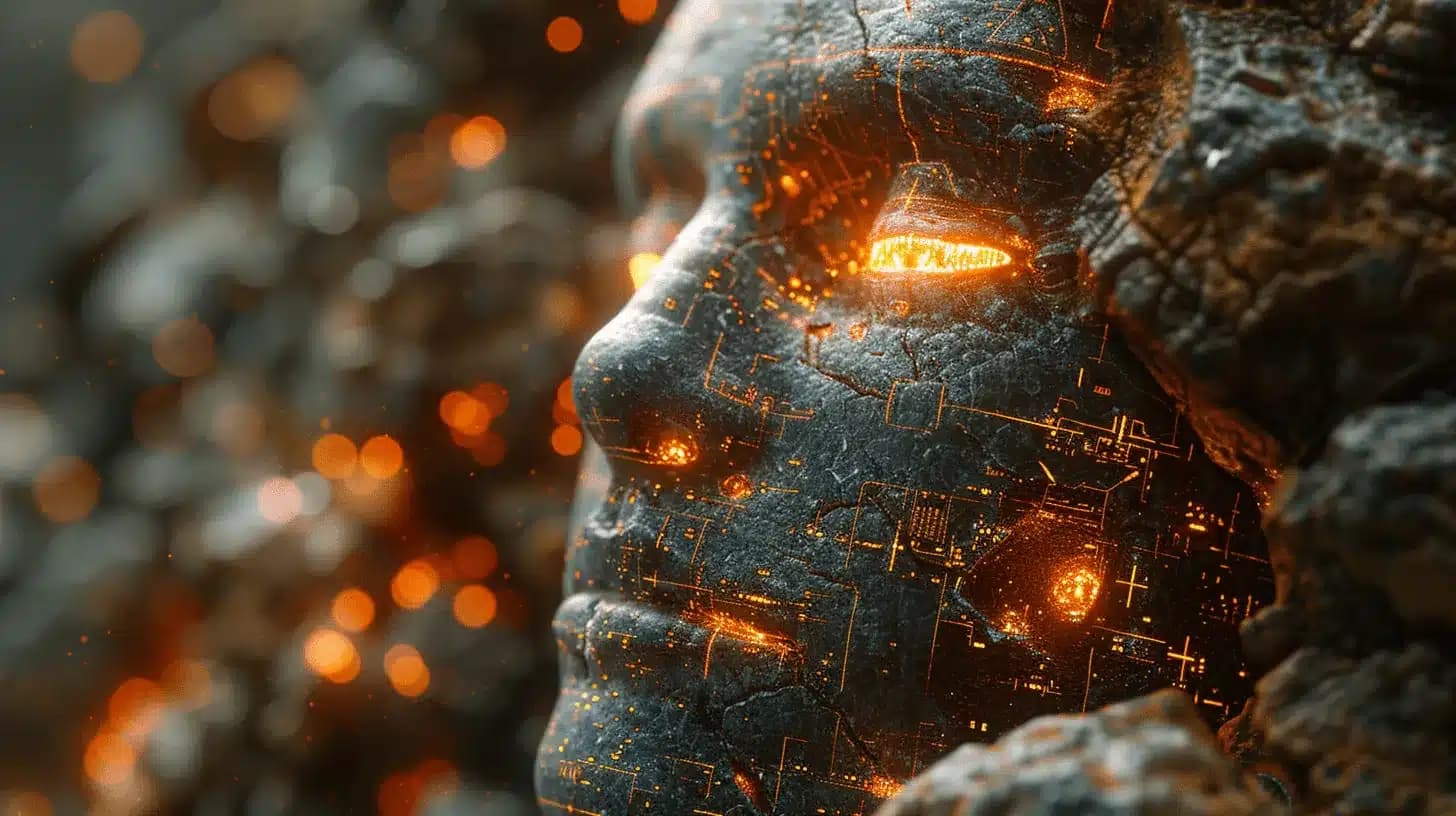
Unveiling Ancient AI Secrets: The Holy Grail to the Ark of the Covenant
The notion of ancient technologies far surpassing our current understanding has long captivated humanity. This article explores the possibility that artifacts such as the Holy Grail and the Ark of the Covenant were not mere religious symbols, but rather sophisticated devices embodying advanced knowledge akin to modern artificial intelligence. Drawing upon historical texts, mythologies, […]